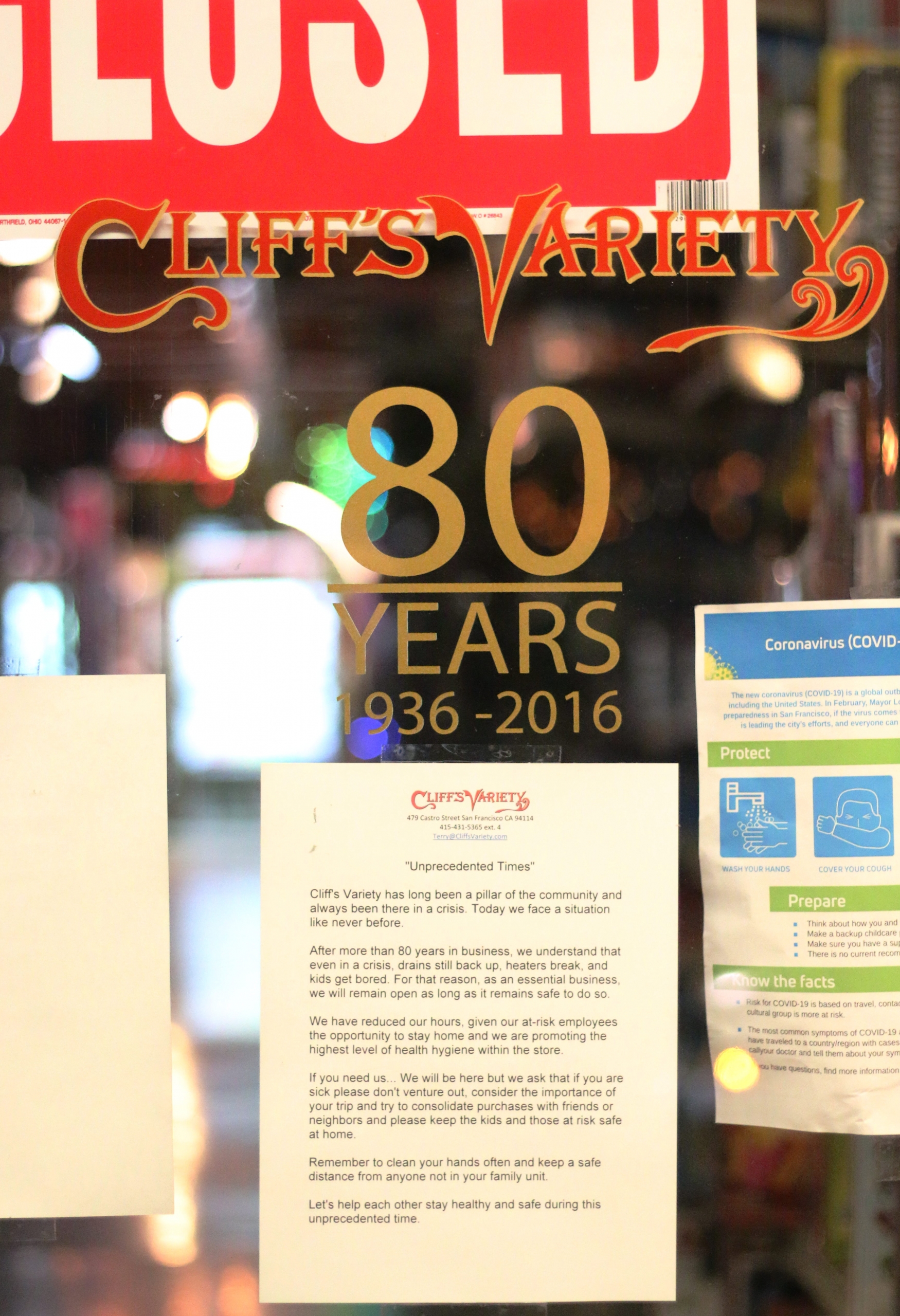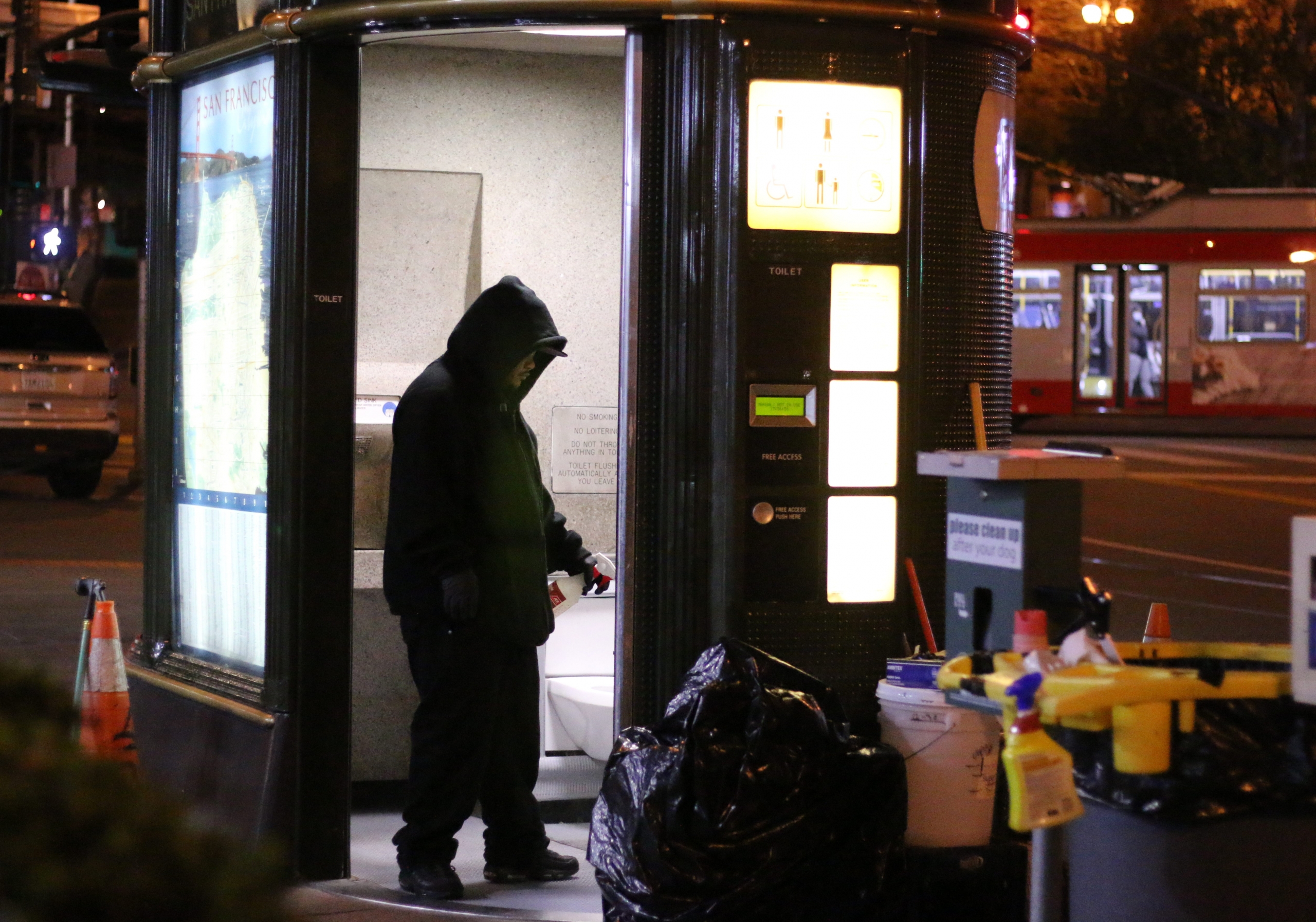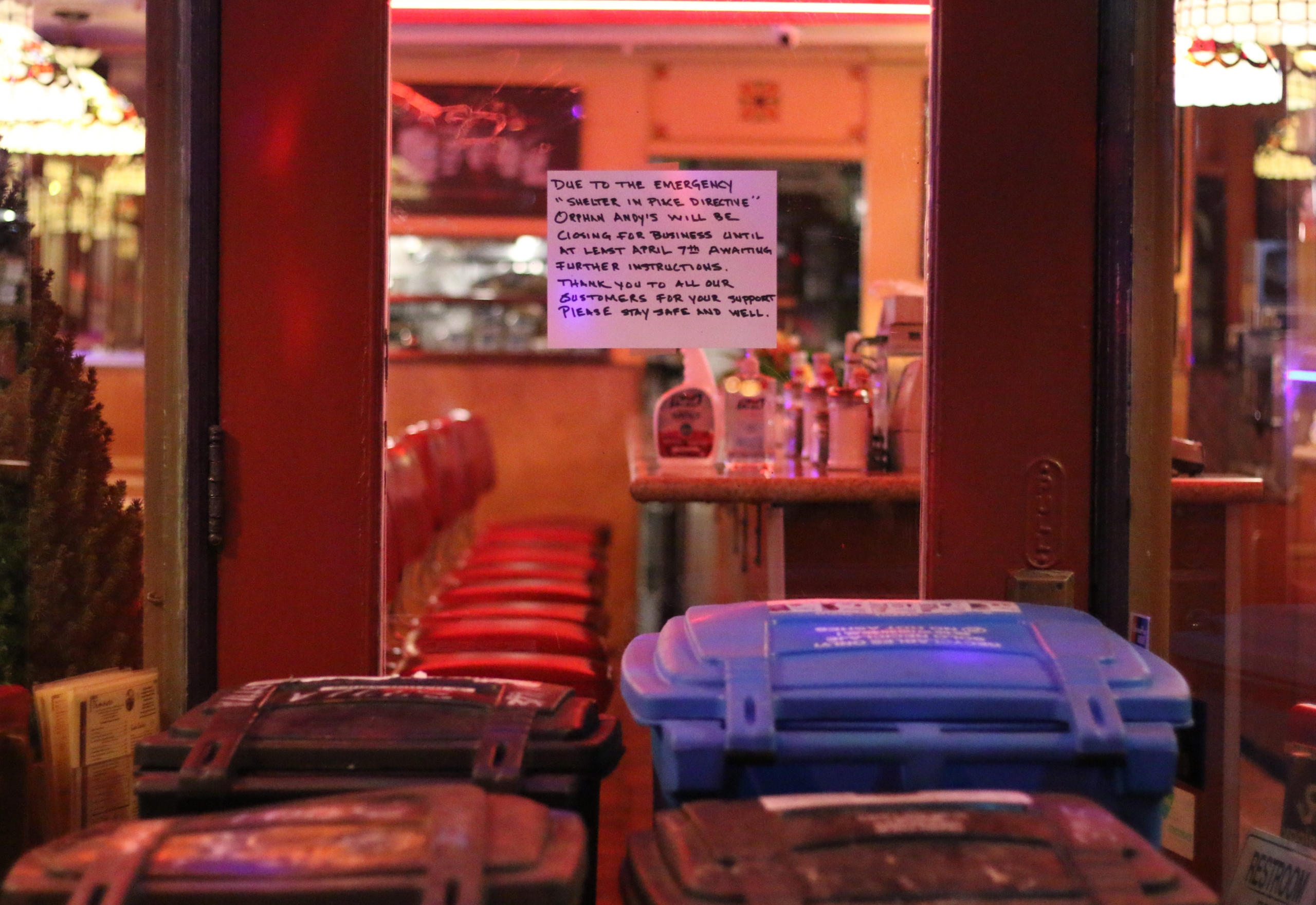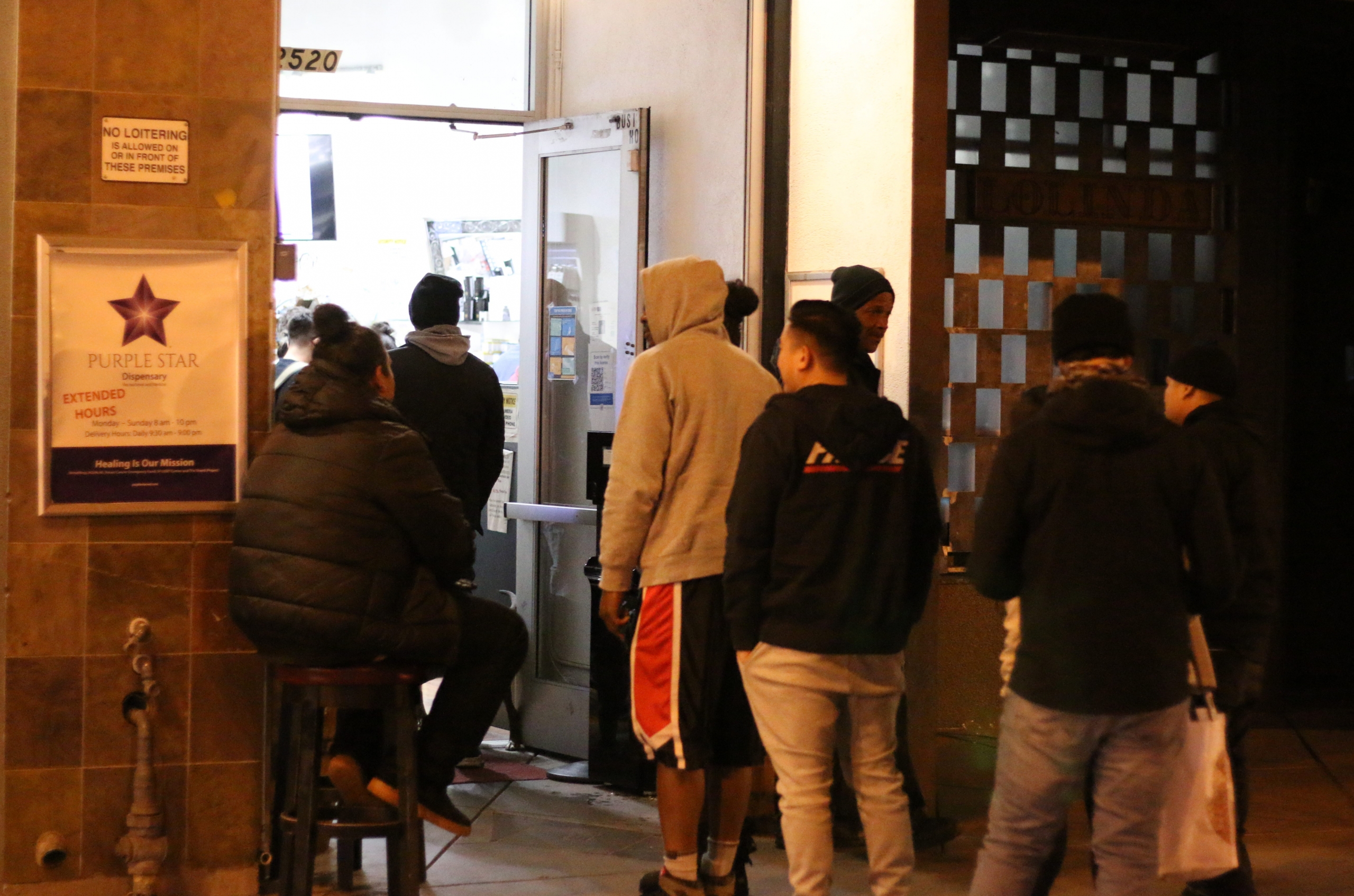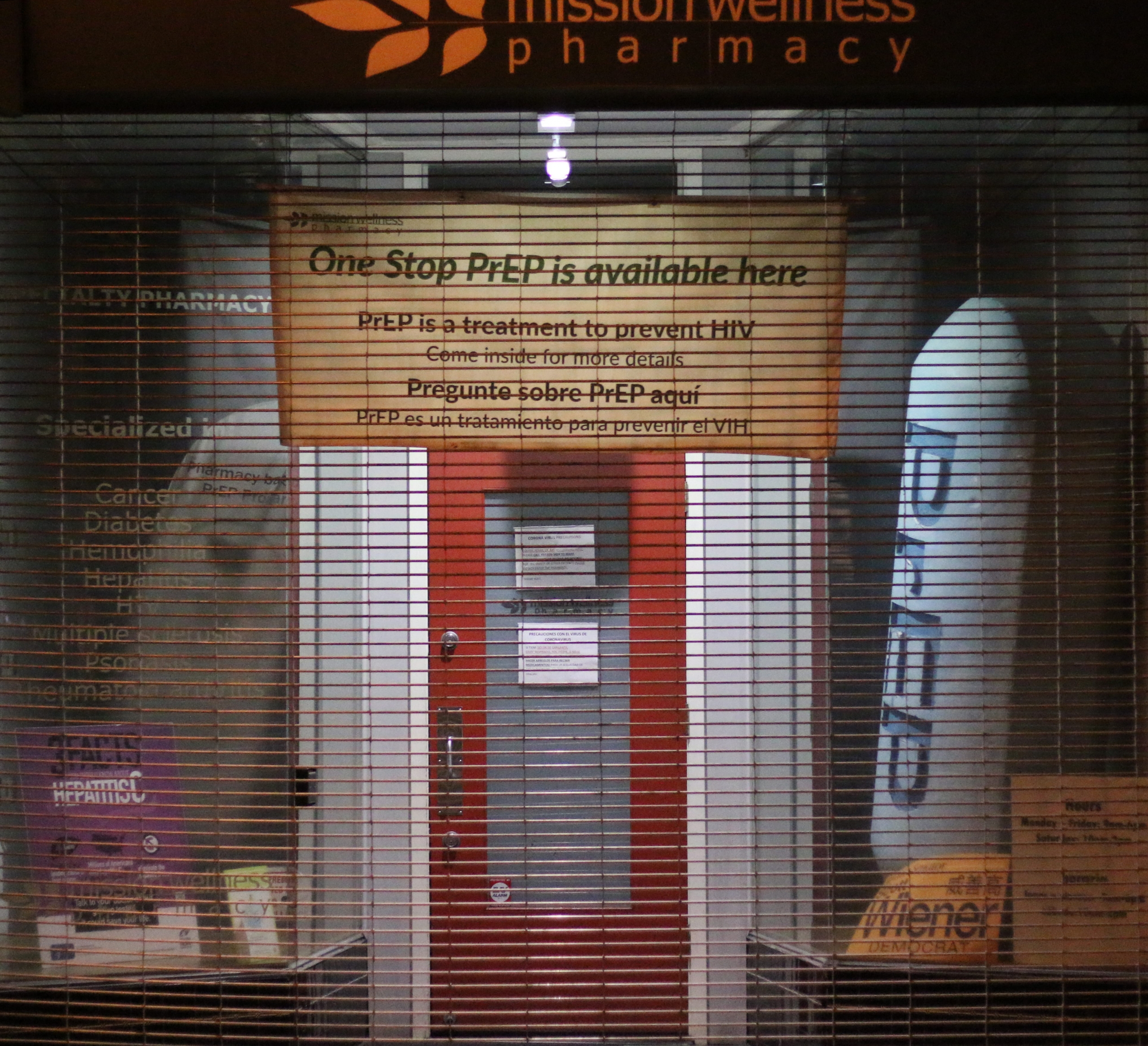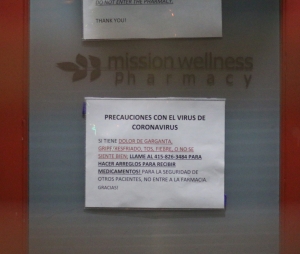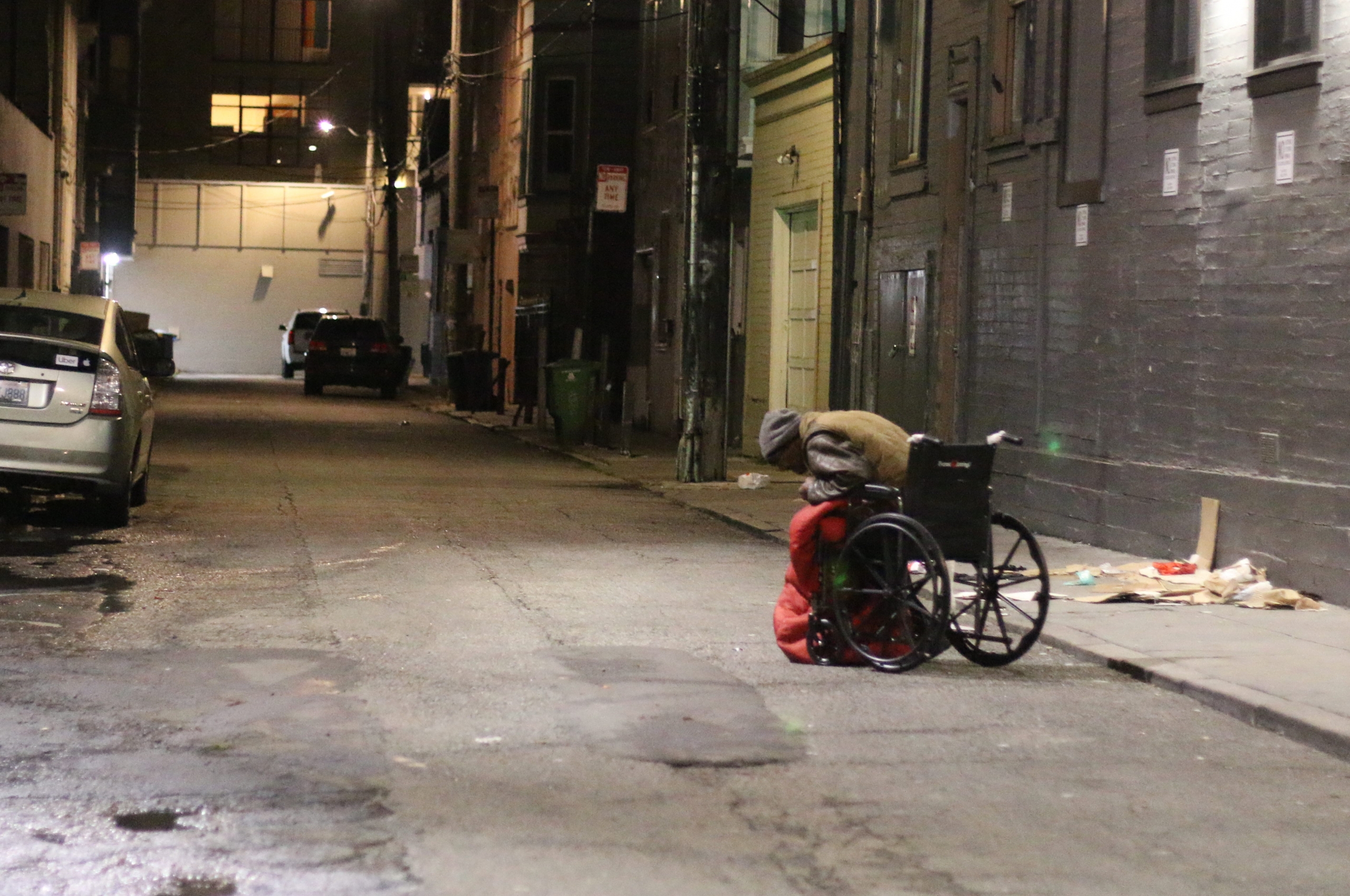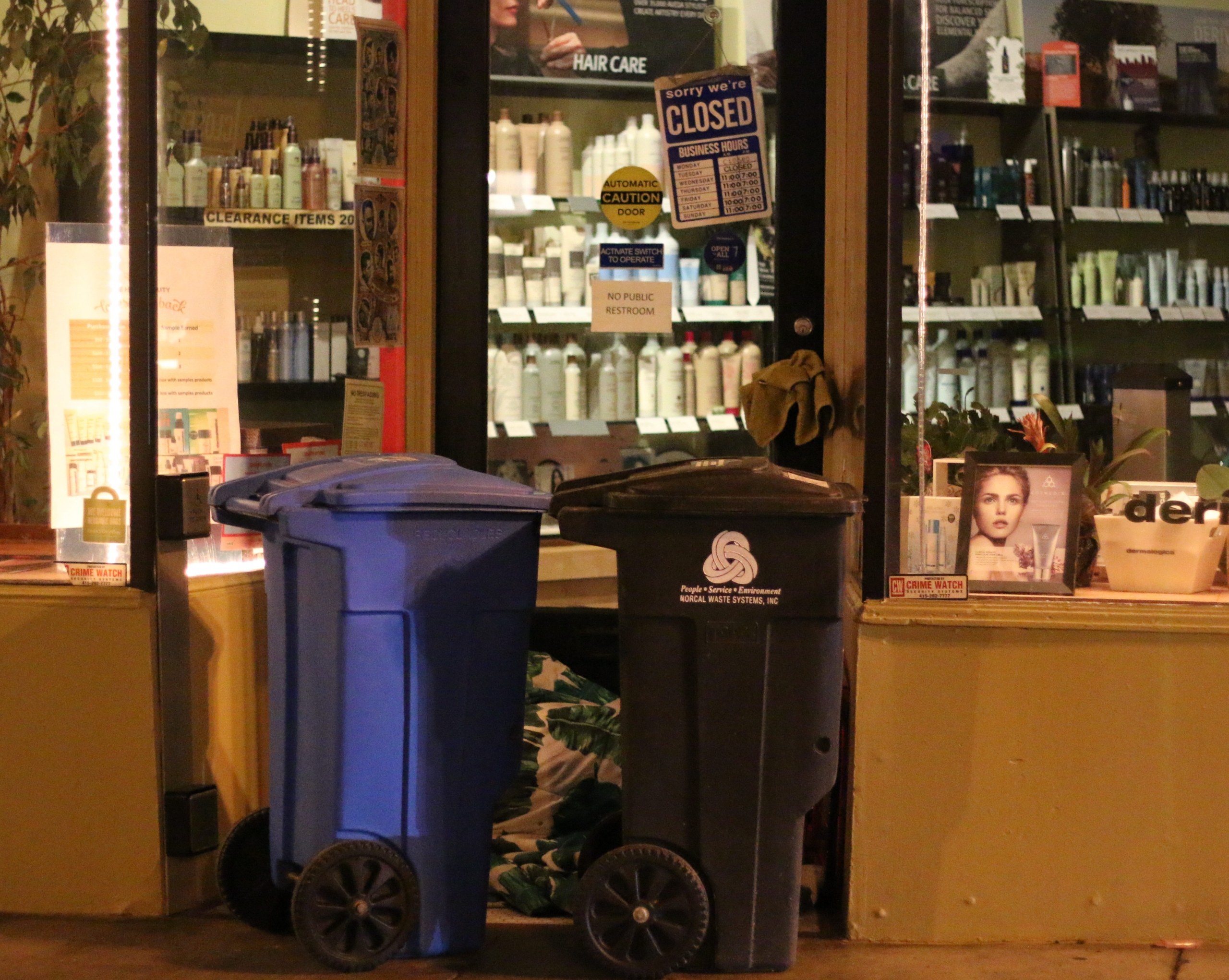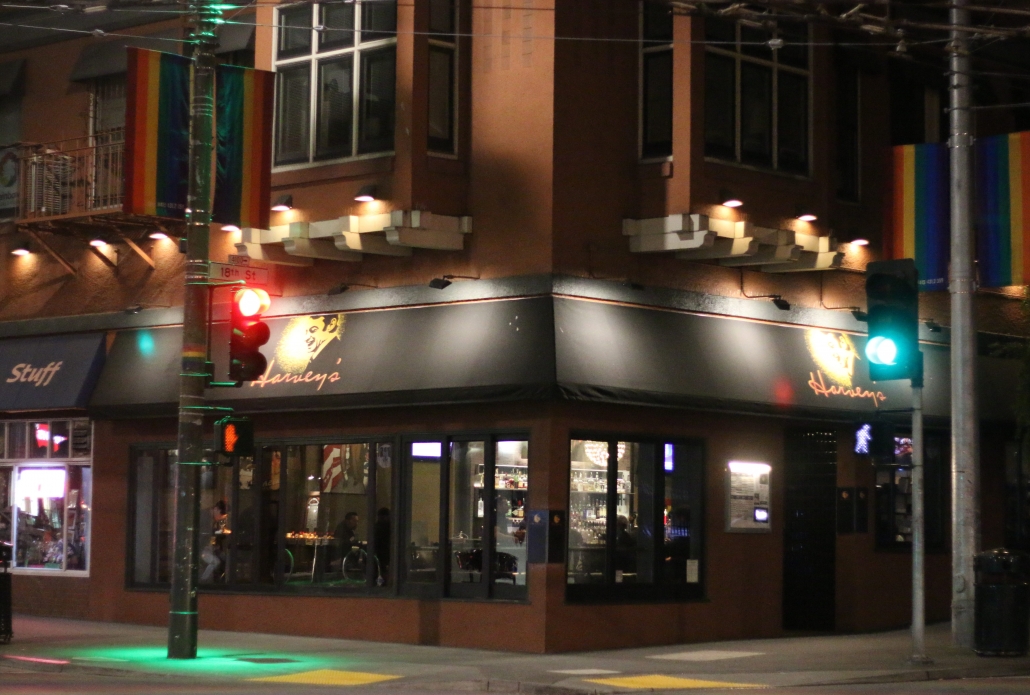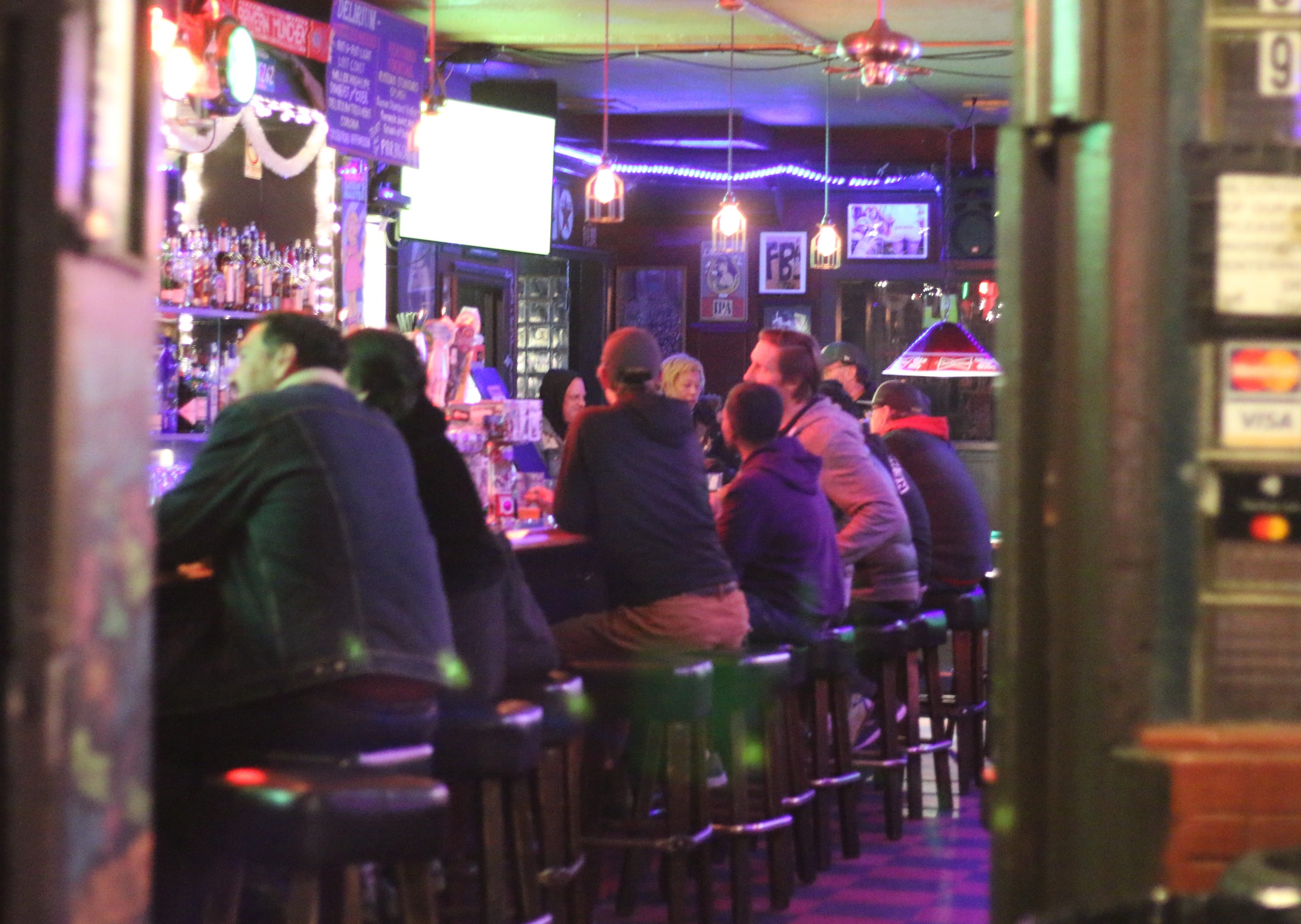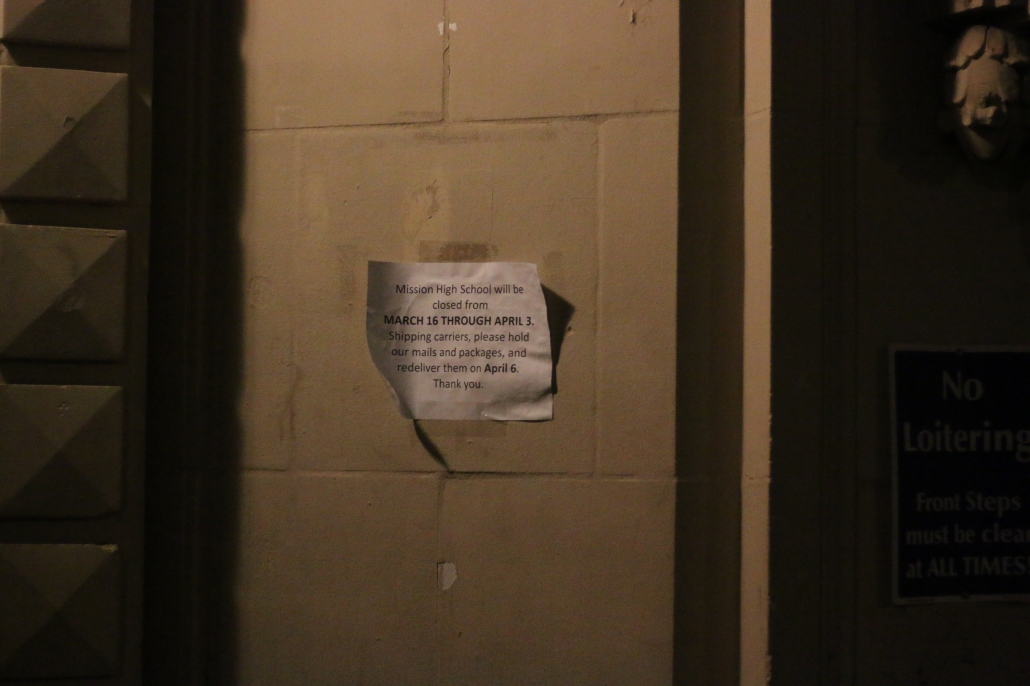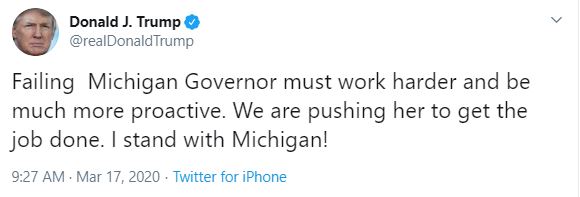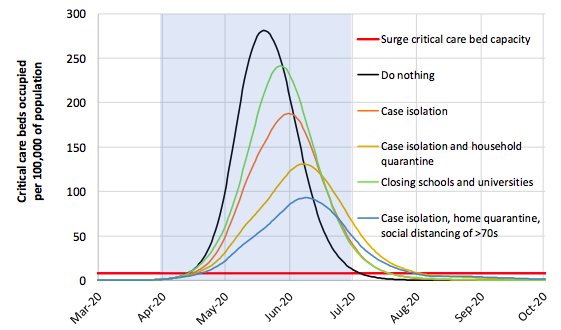[Check the byline, thanks!/~Rayne]
No news on the family front with regard to COVID-19 — at least with my family. No news is good news here.
I feel so very sorry for the New Jersey family which lost three of its family members * to COVID-19 this week. It was a blessing to the matriarch she didn’t know she lost her two oldest children; the heartbreak on top of the virus would have been torture beyond human ken.
None of this had to happen, either. Not a lick of it.
And it’s really only just beginning.
~ 3 ~
Let’s get this out of the way: Donald Trump is a racist jerk. He can’t read anything but inch-high print prepared for his ease; he had to go out of his way to make absolutely certain that he referred to COVID-19 as “Chinese.”
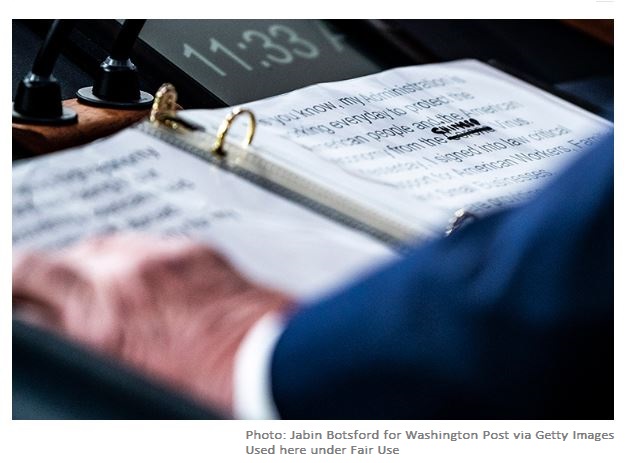
This is wholly intentional, deliberate as hell.
The fact COVID-19 emerged from China to become pandemic was sheer dumb luck. Spare us the racist bullshit talking down about eating unfamiliar animals and wet markets.
For Christ’s sake people here in the U.S. eat road kill and celebrate those animals with a festival.
They eat organ meats, blood sausages from across their many ethnic heritages, and they do odd-looking things with products made of proteins extracted from cartilage.
Americans and all the cultures from which they emerged have their own relationships with animals which have spawned biological crises over millennia. Just read Jared Diamond’s Guns, Germs and Steel.
It was simply a crap shoot this pandemic originated in China and not from a hantavirus in the American Southwest, or a flavivirus from South America or Africa. Chances are good we may yet see another emergent threat like a virulent Zika as the climate continues to warm.
Americans don’t have room to criticize. Their president being a racist moron to China about a crappy draw of luck is just plain stupid.
So is his and his party’s escalation of tension with the other largest economy in the world which both owns a lot of our debt. It’s incredibly shortsighted to bash the country which has been incredibly generous with research data based on their harrowing national experience with COVID-19.
I can’t begin to imagine how bad off the U.S. and other countries fighting COVID-19 would be if China hadn’t shared genomic and epidemiological data with the world.
We would not only be as far behind as we are because this administration felt winning re-election was more important than doing its job. We would have had to do much of the genomic and epidemiological research ourselves, on the fly, while our country’s health was in meltdown.
One need only look at how little research material has been published by other countries during this epidemic for comparison. They, too, have relied on China’s research.
Or look at how we continue to rely on China to do human testing – likely cutting corners on human experimentation ethics – just so Americans can obtain the benefit of a successful drug therapy while an American company reaps benefits.
No one of Asian ethnicity and heritage should have to put up with the hate unleashed by that slack-assed racist in the White House and the team of inept and bigoted enablers who are propping him up.
We may have legitimate concerns with China about supply chain integrity and intellectual property theft, but it’s on the U.S. that this is an issue to begin with. Outsourcing so much of what should be critical infrastructure is our own fault.
And failing to act in a responsible timely manner to a pandemic threat is solely that of the racist scumbag at the podium.
~ 2 ~
Speaking of failing to respond to pandemic threat…
If Senator Richard Burr knew by February 13 — when he sold $1.6 million worth of stock — that COVID-19 posed a potential national emergency, who else did and did nothing?
By “did nothing” I mean the way Burr lied to our faces and said, “the United States today is better prepared than ever before to face emerging public health threats, like the coronavirus,” a day before he voted to acquit Trump and six days before he sold his stock.
Think back to the earliest time you heard about the viral illness in China. Do remember when you first heard or read about it?
I do. I had just read about two high-profile deaths from pneumonia in middle and late December. A Chinese actress died, noted in Chinese media. She wasn’t known well to the U.S. so no mention here had been made. Only days later, right around Christmas, a young ESPN anchor also died of an odd pneumonia. This time there was news in the U.S. about his passing.
A week later on New Year’s Eve there was a report in English-language Chinese media about an odd cluster of pneumonia-like illness in Wuhan, China. My awareness of pneumonia had been heightened by the two high-profile deaths so close together.
If I could see a cluster of pneumonia in China by New Year’s Day, you know somebody within the U.S. intelligence community saw it even earlier.
We know now that the Senate Intelligence Committee chair had been briefed, based on a recording made of a meeting Burr had with large-ticket donors. Who else holding elected or appointed office were also briefed by intelligence and then refused to do the right thing to protect the American public?
Now you know why there’s been a full court press from the White House through the GOP congressional caucus to the right-wing media and punditry pushing racist invective against China about the pandemic.
It’s to distract and redirect the public’s attention away from the GOP’s wholesale betrayal of the American public and its allies while COVID-19 ramped up into a pandemic.
By the middle of summer thousands, perhaps tens of thousands of American lives will be lost because Richard Burr and others as yet unnamed helped Donald Trump fuck us over for their own venal aims.
Trump and the GOP had absolutely no intention of doing anything about COVID-19, which explains why Trump has only mentioned but still not used the Defense Production Act to ensure health care workers have adequate personal protection equipment. Crafters across the country are sewing homemade masks of irregular specifications right now to make up the shortfall while health care workers scavenge hardware supplies for mashed-up PPE.
Can’t help wonder how much PPE that $1.6 million would buy.
Or how much the profits from Sen. Kelly Loeffler’s stock sale would buy, or Sen. James Inhofe’s or Sen. Ron Johnson’s stock sale profits. (Sen. Dianne Feinstein’s household also recently liquidated stock but her press secretary said it was in a blind trust with the rest of her assets.)
Loeffler’s financial moves are egregious not only because of profit taking on inside information not shared with the public and then lying directly to the public on camera about the country’s condition. She then acquired stock in a business specializing in remote work, and her spouse is the chairman and CEO of the New York Stock Exchange. There’s absolutely NO excuse for not having her assets in a blind trust to avoid the appearance of a conflict of interest, particularly because of her spouse’s role. But I guess when you’re worth half a billion dollars you just don’t give a shit about annoying little details like ethics.
~ 1 ~
In previous posts I’ve discussed the different drugs being studied as potential therapies for COVID-19. This is an extremely important point which must be emphasized: all drugs, whether antivirals or monoclonal antibodies or anti-inflammatory meds are subjects of study. Some are being used off-label as last ditch efforts.
By off-label I mean they are NOT approved by the Food and Drug Administration as safe and effective for treatment of COVID-19 infections.
We are relying on off-label medications applied by doctors in desperate conditions in China and Italy on patients who are in dire shape to tell us about their effectiveness. We are literally relying on human experimentation without a consistent ethical framework
Yesterday’s presser with Trump was a disaster not only because of his racist bullshit aimed at China, but because he fucked up and discussed off-label drug therapies. He should have left that all together to the Center for Disease Control and the Food and Drug Administration.
His half-assed, poorly-framed remarks about an anti-malarial drug set off a run on black market chloroquine in Nigeria. The drug had been removed from the Nigerian market more than a decade ago because of the risks it poses to patients. It’s quite likely people will die because of misplaced trust in Trump’s words about this drug.
Two antivirals, lopinavir and ritonavir, used as a cocktail in a study in China failed to perform as needed against COVID-19. A study announcing these unfortunate results was published just Wednesday in the New England Journal of Medicine. (Yet another example of Chinese researchers providing a benefit to the U.S. and the world, I’ll point out. Can only wonder what happened to the subjects of the test.)
And another antiviral discussed here before, remdesivir, is still under study, and still poses an unexamined conflict of interest for at least one person in the Trump administration.
The media did not catch how bad Trump’s remarks on drugs were — that hack Chris Cillizza offers an example, failing to mention the gross and dangerous errors about these medications in his list of fail.
Trump’s words and deeds, likely the output of his inept team including his son-in-law Jared Kushner and his pet Nazi Stephen Miller, are going to kill more people here and abroad on top of COVID-19. Given Miller’s history with this administration, this may be the desired result.
~ 0 ~
* I started writing this post Thursday mid-day. Before I finished it a fourth family member died.
Meanwhile, in neighboring New York, Gov. Cuomo doesn’t want a “shelter in place” order because it sounds too much like nuclear war and might scare people.
New York City is a COVID-19 hot spot rapidly become an American Wuhan cell. More people are likely to die there of COVID-19 than died during 9/11, and we changed our society dramatically out of fear of another such event. New Yorkers and the rest of the U.S. whose banking is centered in NYC need more than Cuomo’s personal concerns about a turn of phrase.
But as I said earlier, none of this had to happen, either. Not a lick of it. It makes the ongoing daily failures even more ridiculous because most are unforced errors. Much of the daily fail could be so easily stopped if Trump just shut up and left handling COVID-19 to ethical professionals.
This is an open thread.

